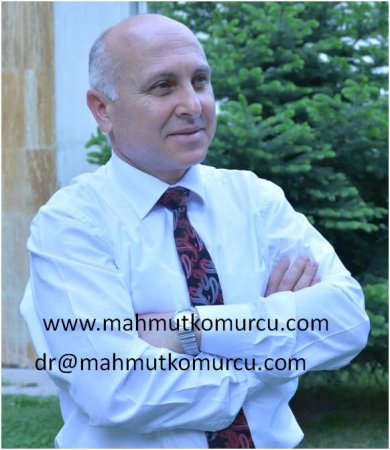Doğramaci Y1, Esen E, Kürklü M, Kirici Y, Atahan AO, Kömürcü M.
Eklem Hastalik Cerrahisi. 2010 Apr;21(1):44-9.
Abstract
OBJECTIVES:
In this study we evaluated the stability and effectiveness of the double tension band osteosynthesis technique compared to the double plate osteosynthesis technique used for fixation of distal humerus fractures.
MATERIALS AND METHODS:
The study was performed on two groups, and in each group eight cadaveric, elderly (mean age 70-80) human humeri was used. An osteotomy was performed in the supracondylar region using a manual saw. The first group (group 1) was fixed with double 3.5 mm reconstruction plates, while the second group (group 2) was fixed with the double tension band technique, using crossing Kirschner wires. The osteotomy was designed so that the distal fragment would allow only a single screw per plate. The constructs were evaluated using a material testing machine. A linear non-cyclic load was applied until the failure of the constructs. The force which produced a 3 mm gap (3 mm gap strength), as detected visually with the aid of operating loupes, and the maximum load prior to failure of the fixation (maximum force) were measured from all tests.
RESULTS:
The mean value for the 3 mm gap strength was 1356.29+/-226.97 N for group 1 and 882.63+/-305.21 N for group 2. The mean value of the maximum load strength was 1487.13+/-298 N for group 1 and 1232+/-107.62 N for group 2. There were significant differences in 3 mm gap strengths of the two groups (p=0.005). There was also a significant difference in the maximum load between the two groups (p=0.016).
CONCLUSION:
Double plate osteosynthesis technique is superior to double tension band osteosynthesis for the fixation of distal humerus fractures.









